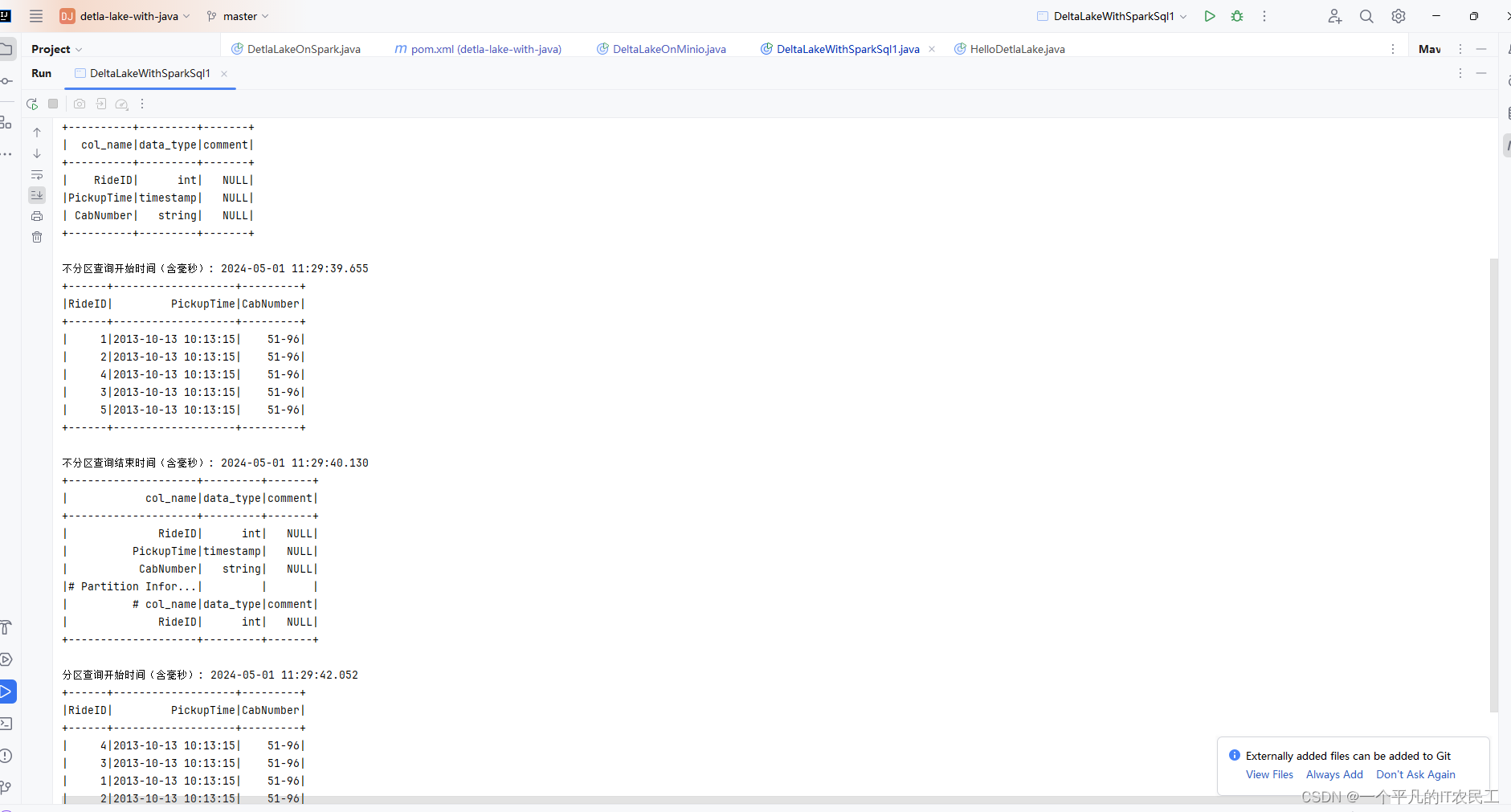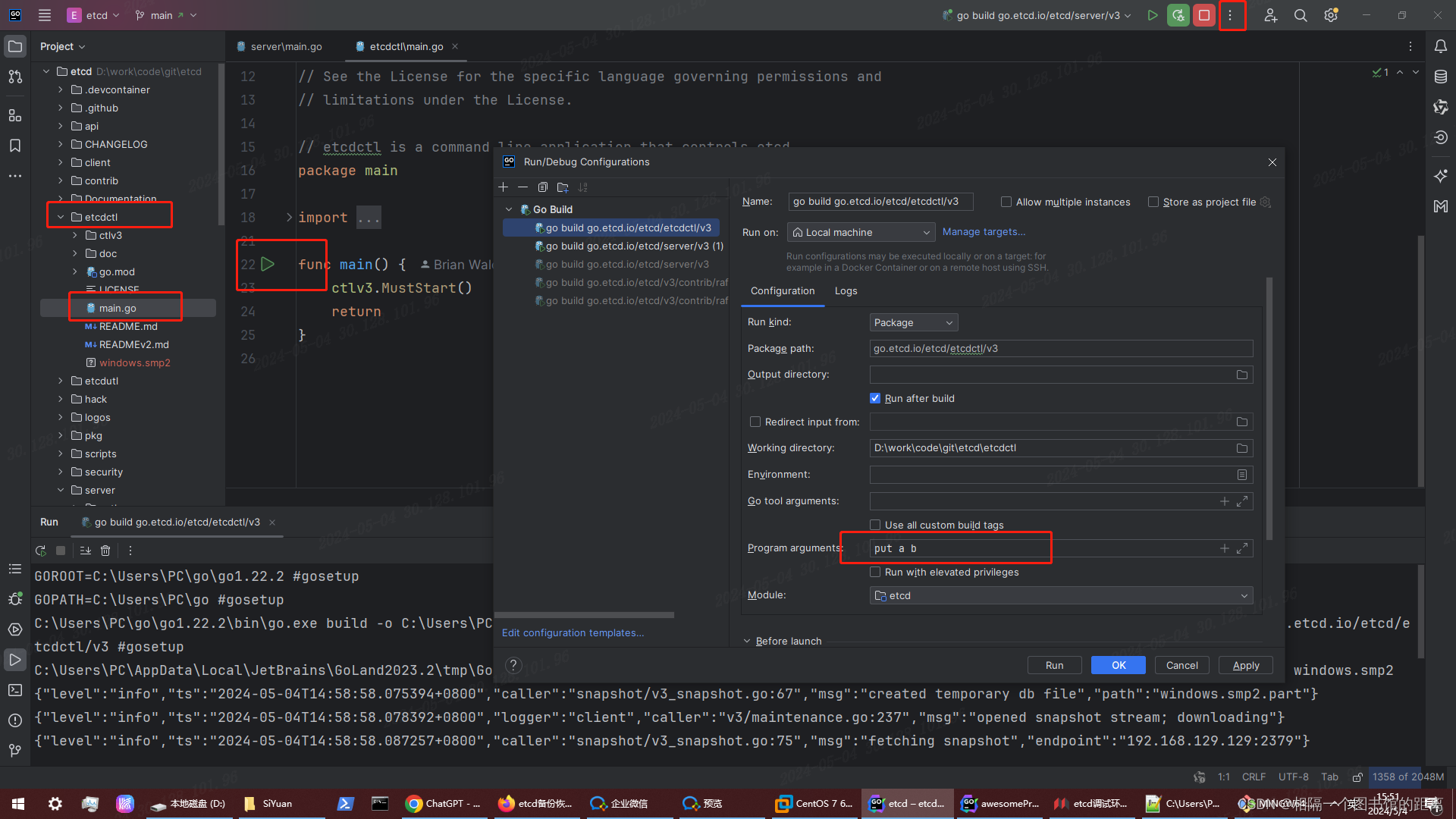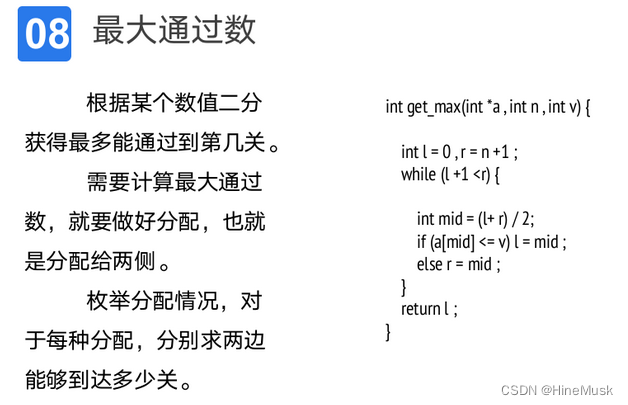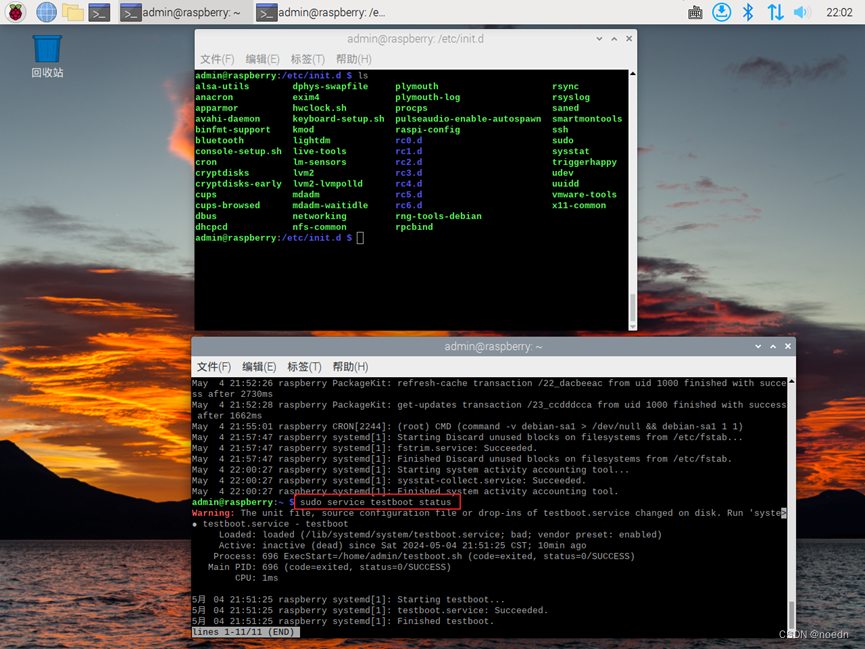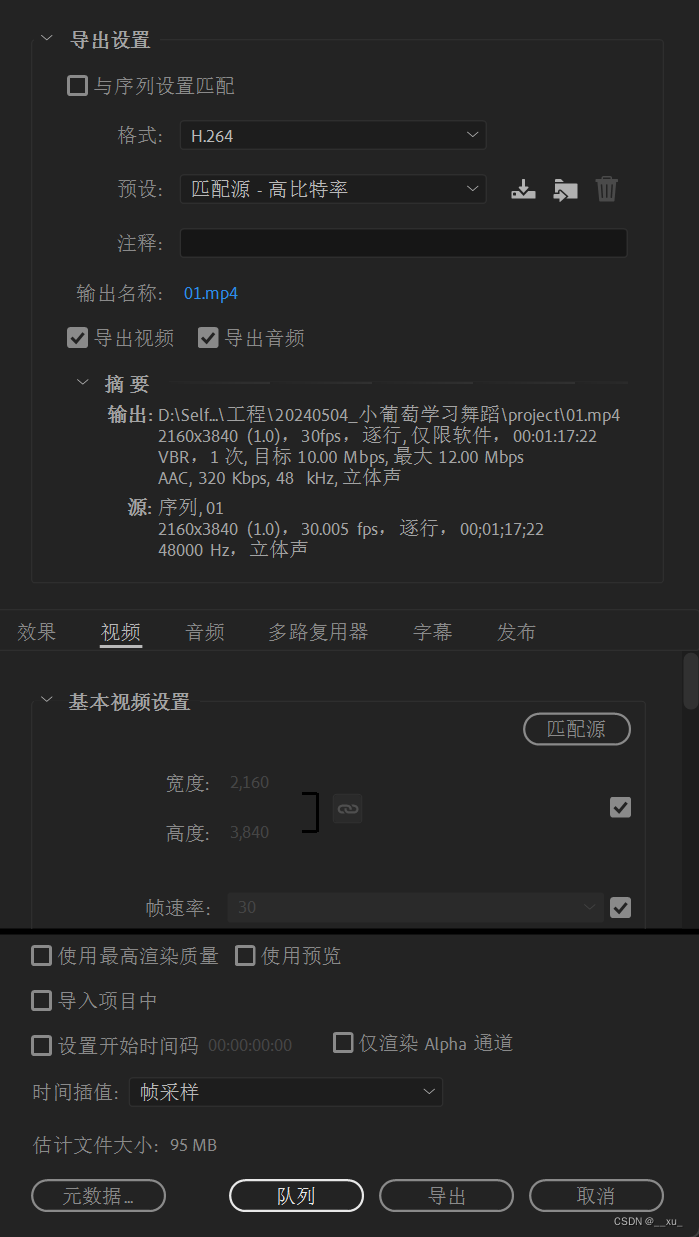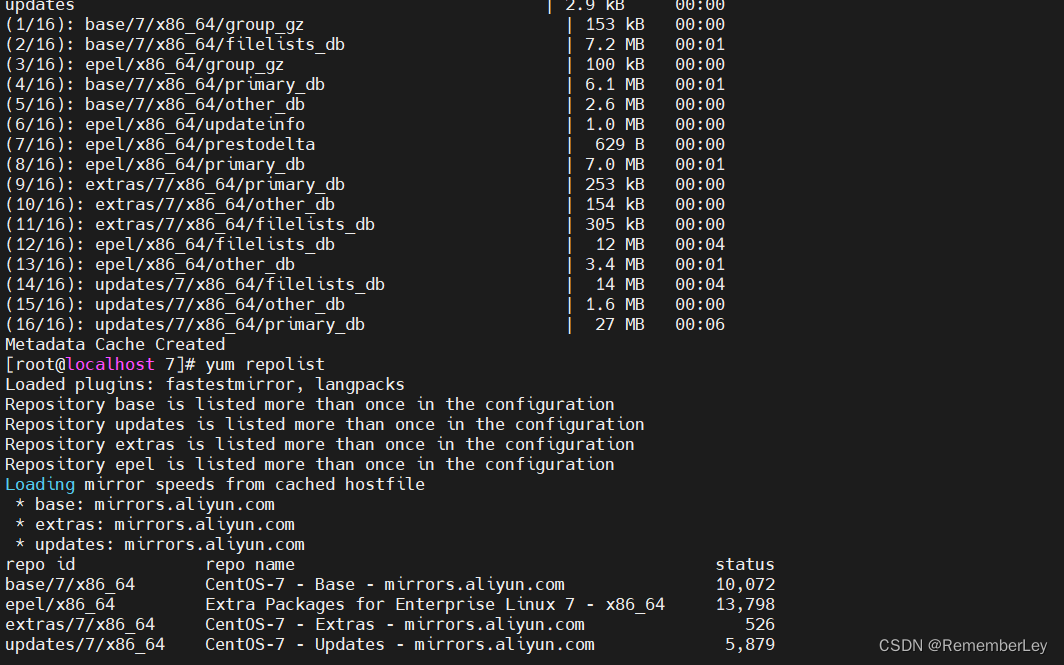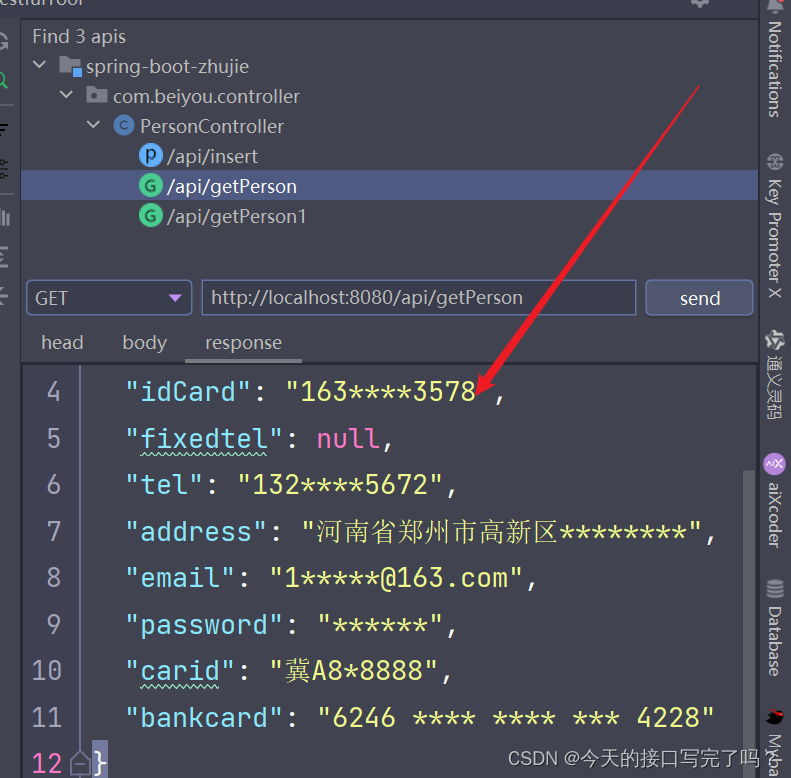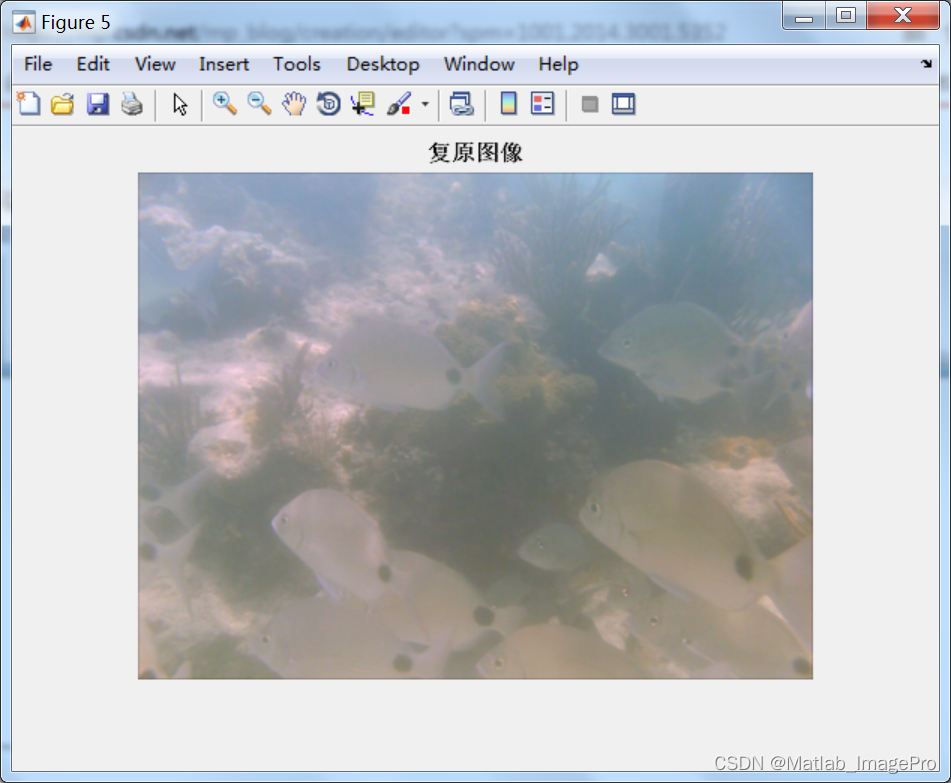适用于:项目已使用shiro安全认证框架,整合knife4j-openapi3
1.引入依赖
<!-- knife4j-openapi3 -->
<dependency>
<groupId>com.github.xiaoymin</groupId>
<artifactId>knife4j-openapi3-spring-boot-starter</artifactId>
<version>4.1.0</version>
</dependency>2.配置类
package com.xidian.contest.configure;
import io.swagger.v3.oas.models.ExternalDocumentation;
import io.swagger.v3.oas.models.OpenAPI;
import io.swagger.v3.oas.models.info.Contact;
import io.swagger.v3.oas.models.info.Info;
import org.springframework.context.annotation.Bean;
import org.springframework.context.annotation.Configuration;
@Configuration
public class OpenApiConfig {
@Bean
public OpenAPI openAPI() {
return new OpenAPI()
.info(new Info().title("竞赛报名管理系统接口文档")
.description("竞赛报名管理系统接口文档")
.version("v1.0")
.contact(new Contact().name("TYJ").url("localhost:8085/login")))
.externalDocs(new ExternalDocumentation()
.description("Github example code")
.url("https://github.com/"));
}
}3.yaml配置
# spring-doc 接口文档
springdoc:
api-docs:
enabled: true
#分组配置
group-configs:
- group: 'default'
#匹配的路径
paths-to-match: '/**'
#扫描的包
packages-to-scan: com.xidian.contest.controller
default-flat-param-object: true
# knife4j的增强配置,不需要增强可以不配
knife4j:
enable: true
setting:
language: zh_cn4.shiro拦截权限设置
definition.addPathDefinition("/doc.html", "anon");
definition.addPathDefinition("/swagger-resources", "anon");
definition.addPathDefinition("/v3/api-docs/**", "anon");
definition.addPathDefinition("/webjars/**", "anon");
definition.addPathDefinition("/doc.html#/**", "anon");
definition.addPathDefinition("/swagger-ui.html", "anon");
definition.addPathDefinition("/static/**", "anon");5.启动项目
http://localhost:+端口号+/doc.html
6.常用注解
@Tag
用于说明或定义的标签。
部分参数:
●name:名称
●description:描述
@Schema
用于描述实体类属性的描述、示例、验证规则等,比如 POJO 类及属性。
部分参数:
●name:名称
●title:标题
●description:描述
●example:示例值
●required:是否为必须
●format:属性的格式。如 @Schema(format = "email")
●maxLength 、 minLength:指定字符串属性的最大长度和最小长度
●maximum 、 minimum:指定数值属性的最大值和最小值
●pattern:指定属性的正则表达式模式
●type: 数据类型(integer,long,float,double,string,byte,binary,boolean,date,dateTime,password),必须是字符串。如 @Schema=(type="integer")
●implementation :具体的实现类,可以是类本身,也可以是父类或实现的接口
@Content
内容注解。 部分参数:
●mediaType:内容的类型。比如:application/json
●schema:内容的模型定义,使用 @Schema 注解指定模型的相关信息。
@RequestBody(content = @Content(mediaType = "application/json", schema = @Schema(implementation = User.class)))
@PostMapping("/users")
public void createUser(User user) {
// ...
}@Hidden
某个元素(API 操作、实体类属性等)是否在 API 文档中隐藏。 如,getUserById 方法不会显示在 API 文档中
@Hidden
@GetMapping("/users/{id}")
public User getUserById(@PathVariable("id") Long id) {
// ...
}代码参考: 使用在实体类字段中,实现对敏感信息或不需要公开的元素进行隐藏。如:用户密码字段
@Schema(description = "用户")
public class User {
@Schema(description = "用户id")
private Long id;
@Schema(description = "用户名")
private String name;
@Hidden
@Schema(description = "用户密码")
private String password;
// ...
}@Operation
描述 API 操作的元数据信息。常用于 controller 上 部分参数:
●summary:简短描述
●description :更详细的描述
●hidden:是否隐藏
●tags:标签,用于分组API
●operationId:操作的唯一标识符,建议使用唯一且具有描述性的名称
●parameters:指定相关的请求参数,使用 @Parameter 注解来定义参数的详细属性。
●requestBody:指定请求的内容,使用 @RequestBody 注解來指定请求的类型。
●responses:指定操作的返回内容,使用 @ApiResponse 注解定义返回值的详细属性。
@Operation(
summary = "操作摘要",
description = "操作的详细描述",
operationId = "operationId",
tags = "tag1",
parameters = {
@Parameter(name = "param1", description = "参数1", required = true),
@Parameter(name = "param2", description = "参数2", required = false)
},
requestBody = @RequestBody(
description = "请求描述",
required = true,
content = @Content(
mediaType = "application/json",
schema = @Schema(implementation = RequestBodyModel.class)
)
),
responses = {
@ApiResponse(responseCode = "200", description = "成功", content = @Content(mediaType = "application/json", schema = @Schema(implementation = ResponseModel.class))),
@ApiResponse(responseCode = "400", description = "错误", content = @Content(mediaType = "application/json", schema = @Schema(implementation = ErrorResponseModel.class)))
}
)
@Tag(name = "标签1")
@ApiResponses(value = {
@ApiResponse(responseCode = "200", description = "成功", content = @Content(mediaType = "application/json", schema = @Schema(implementation = ResponseModel.class))),
@ApiResponse(responseCode = "400", description = "錯誤", content = @Content(mediaType = "application/json", schema = @Schema(implementation = ErrorResponseModel.class)))
})
public void yourOperation() {
// 逻辑
}详细参考:
@Operation(summary = "文件分页显示接口")
@Parameters({
@Parameter(
name = "pageNum",
description = "分页数",
required = true,
in = ParameterIn.QUERY,
schema = @Schema(type = "Integer")
),
@Parameter(
name = "pageSize",
description = "每页大小",
required = true,
in = ParameterIn.QUERY,
schema = @Schema(type = "Integer")
),
@Parameter(
name = "name",
description = "要查询文件名称",
in = ParameterIn.QUERY,
schema = @Schema(type = "string")
)
})
@RequiresRoles("admin")
@GetMapping("/page")
public IPage<Files> findPage(@RequestParam Integer pageNum,
@RequestParam Integer pageSize,
@RequestParam(defaultValue = "") String name) 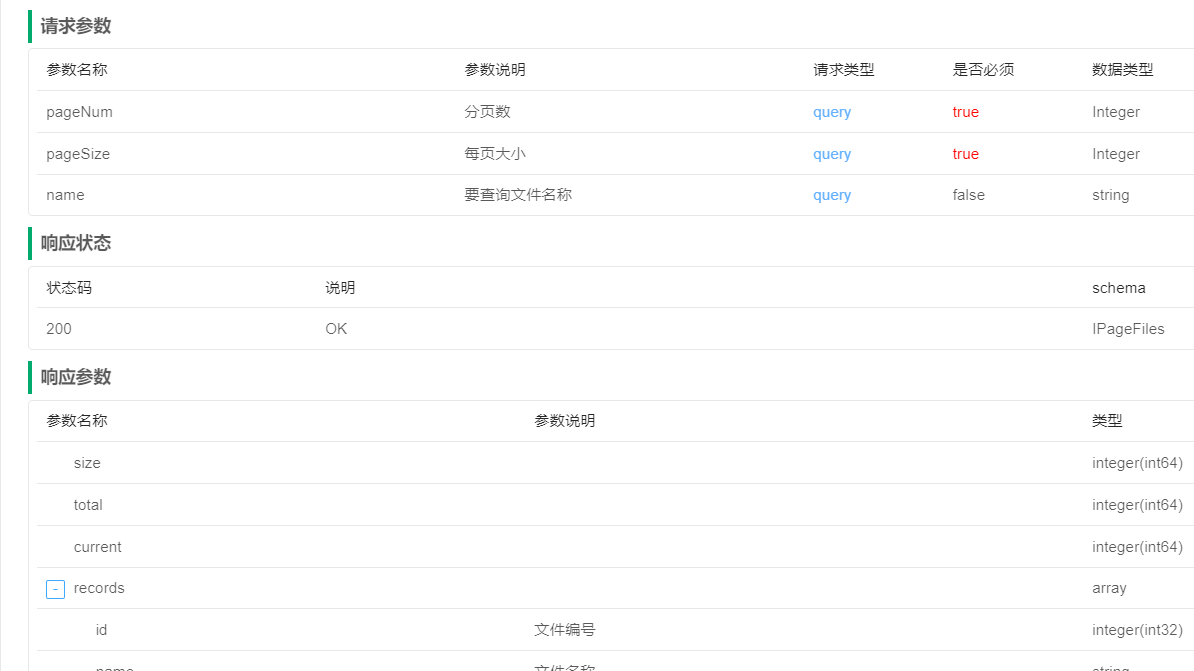
@Parameter
用于描述 API 操作中的参数 部分参数:
●name : 指定的参数名
●in:参数来源,可选 query、header、path 或 cookie,默认为空,表示忽略
○ParameterIn.QUERY 请求参数
○ParameterIn.PATH 路径参数
○ParameterIn.HEADER header参数
○ParameterIn.COOKIE cookie 参数
●description:参数描述
●required:是否必填,默认为 false
●schema :参数的数据类型。如 schema = @Schema(type = "string")
代码参考:
@Parameters({
@Parameter(
name = "param1",
description = "Parameter 1 description",
required = true,
in = ParameterIn.PATH,
schema = @Schema(type = "string")
),
@Parameter(
name = "param2",
description = "Parameter 2 description",
required = true,
in = ParameterIn.QUERY,
schema = @Schema(type = "integer")
)
})
@Parameters
包含多个 @Parameter 注解,指定多个参数。 代码参考: 包含了 param1 和 param2 两个参数
@RequestBody
API 请求的注解
●description:请求信息的描述
●content:请求的内容
●required:是否必须
@ApiResponse
API 的响应信息。 部分参数:
●responseCode:响应的 HTTP 状态码
●description:响应信息的描述
●content:响应的内容
代码参考:
@ApiResponse(responseCode = "200", description = "查询成功", content = @Content(schema = @Schema(implementation = User.class)))
@ApiResponse(responseCode = "404", description = "查询失败")
@GetMapping("/users/{id}")
public ResponseEntity<User> getUserById(@PathVariable("id") Long id) {
// ...
}

